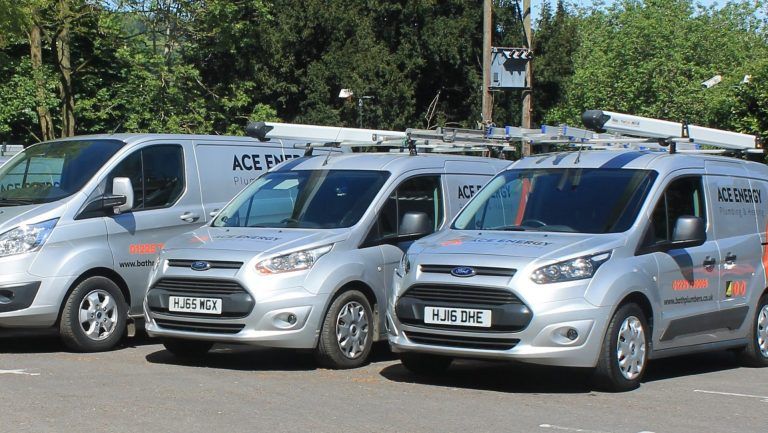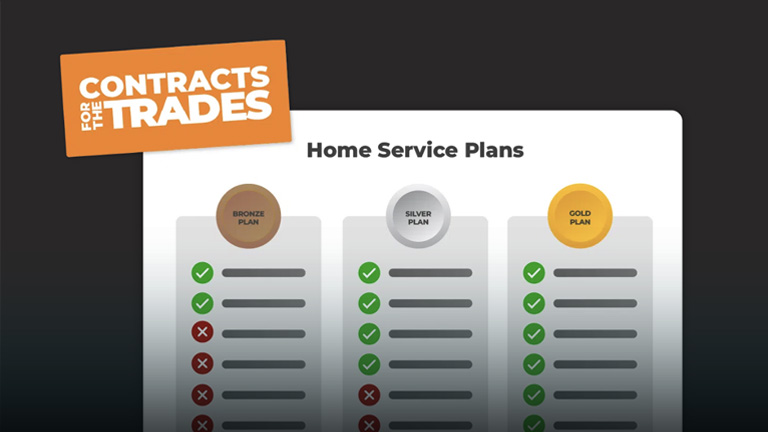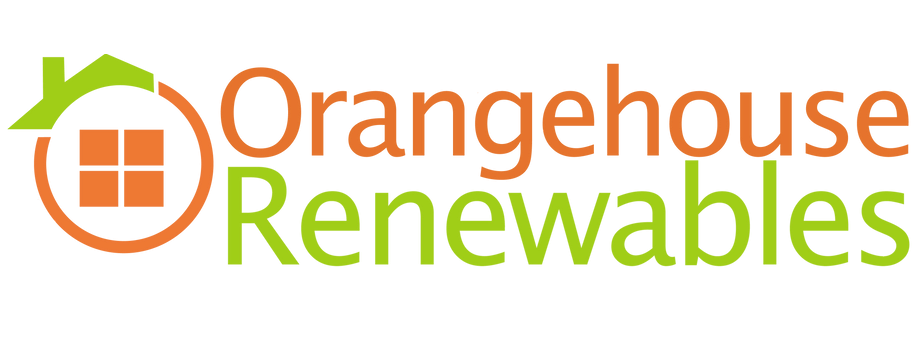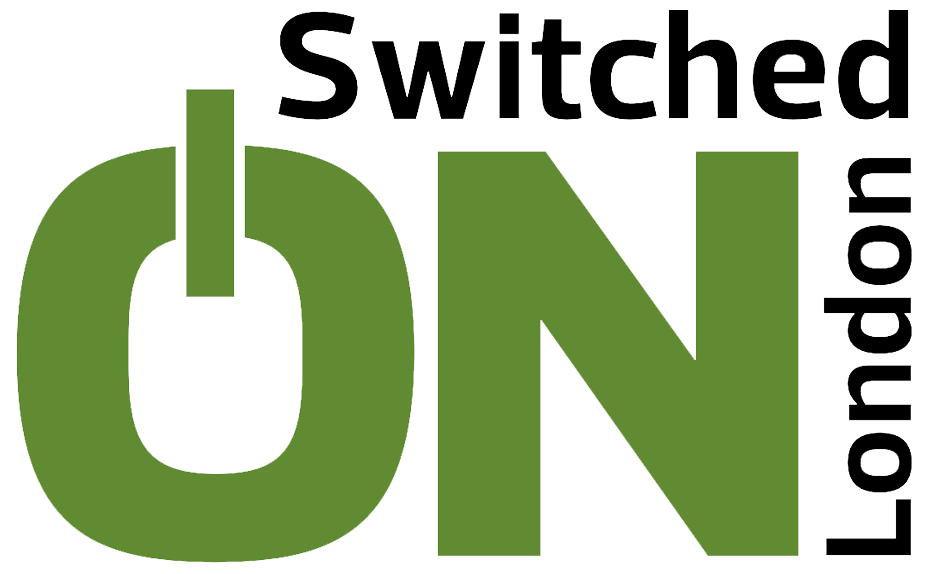7 Marketing Tools to Help Grow Your Plumbing Business
February 14, 2024 | Read: 8 minutes

Effective marketing for plumbers doesn’t have to be a pipe dream… if you run a plumbing business and you want to expand your services, hire great staff, and boost your annual revenue, we’ve got marketing strategies to help you thrive!
In this article, we break down both local and general marketing techniques and tools you need to grow your business and achieve sustainable growth in your area.
Join us and explore plumbing marketing tips for plumbers:

1. Find New Business Opportunities
One of the most important things about running a business is to keep moving forward. You don’t want to stagnate. And that’s why it’s so important to always be on the lookout for new and exciting opportunities.
Research is critical for uncovering local marketing opportunities for plumbers. It will help you discover local business opportunities, learn more about your target audience, identify the demand for your services, and give you insight about your competition.
According to Indeed’s Career Advice Guide:
Business research can help companies during any stage. For example, professionals starting a new company can research the market to identify potential market gaps.
An existing company can conduct research to find areas to improve.
For example, a business might ask customers for feedback and use this data to make changes.
If you are unsure how to launch or move your plumbing business forward, start with research.
2. Get More Google Reviews
A great way to find more business opportunities is through reviews.
Online business reviews are essential for the continued growth and success of your business. They provide valuable insights into the quality and reliability of your services and this has a significant impact on lead generation success.
Prospective clients trust online reviews just as much as they do personal recommendations from friends and family.
This means the quality of your reviews for your plumbing business (or reviews for other home services) has a huge impact on the success or failure of your company.
There are many ways to encourage reviews.
Here are some of the best methods you can use:
- Incentivise customer reviews by offering discounts, vouchers, and free merchandise.
- Send email or text reminders asking for reviews.
- Add a review link or QR code to your website and invoices.
- Respond to existing Google reviews.
- Share positive reviews on social media.
While the above might seem like a lot of work, it is definitely worth the effort. Taking the time to collect positive reviews from happy customers will go a long way toward recommending your company to new audiences.
3. Set S.M.A.R.T. Business Goals
One of the most effective business tools is S.M.A.R.T. goals.
These are specific, measurable, achievable, relevant, and time-bound goals.
They are an important first step in marketing for plumbers and help you take the necessary steps to grow your business.
Setting business goals provides clear focus and direction. It highlights what you are working towards and helps you stay on track. As HubSpot reinforces, set SMART goals:
When you make goals that are specific, measurable, attainable, relevant, and time-bound, you’re increasing your odds for success by verifying that the goal is achievable, identifying the metrics that define success, and creating a roadmap to reach those metrics.
If your goals are abstract, if you don’t know what it will take to achieve success, or if you don’t give yourself a deadline to complete steps, you may lose focus and fall short of what you want to accomplish.
In order to see your business grow and succeed in a competitive market, setting business goals is essential.
4. Create a Goal Action Plan
Second to goal setting is creating an action plan.
An action plan is a document where you lay out the tasks you need to complete in order to accomplish your goal. It helps you visualise and break up each step into actionable goals.
By creating an action plan, you can take control of your professional plans and set your business up for success.
Not only will this keep you on track to achieving your goals, but it will break the process down into manageable steps so that you stay motivated and avoid feeling overwhelmed.
To create your action plan, we recommend taking your SMART goals and listing them in order of priority. You can then breakdown each goal into numerous actionable steps.
This will create an achievable action plan that outlines your journey from start to finish.
5. Utilise the Benefits of All-in-one Plumbing Software
One of the most time consuming parts of marketing for plumbers is balancing it with the running of their business. You’ll know just how hard it is to keep up with all the necessary admin, let alone get involved with sales and advertising efforts.
Of course, in this case, it can be helpful to know whether the software tools that you use to run your business are also capable of helping you to market your business, too. For instance:
- Can your job management software help you better communicate with customers?
- How about enabling you to easily create beautiful branded sales proposals?
- Or perhaps you want to customise opportunity management with a sales tool?
After all, your plumbing marketing efforts shouldn’t focus only on attracting new customers: not when the tool that helps you run your business also has the potential to help you market yourself even more effectively to your active client base.
Commusoft’s plumbing software is an all-in-one solution to your business needs. With customisable email templates, a beautiful sales proposal builder, and a variety of ways to analyse customer data, Commusoft can help you to more effectively target customers and win more work.
With the help of Commusoft’s tools you can secure new bookings, directly market to your customers. Keep customers coming back via email reminders and service contract management, and strengthen your cash flow.
Don’t let the little things hold you back from getting the real work done. But do with more the tools you already have. And with Commusoft, you can take care of the details and focus on the bigger picture!

6. Always Improve Your Operation
Your business should never stagnate. Successful business leaders are those who are committed to continual learning, improvement, and development.
According to Forbes, learning is the key to leadership:
The decisions that leaders make have profound impacts on their organizations. With the benefit of continuous learning, leaders can base their decisions on the latest research, best practices and a deeper understanding of the complexities of their industry.
You will discover (if you haven’t already) that a large part of running a successful business involves learning as you go. Sometimes things work out and others become experiences that you learn from. But the important thing is, you are always learning!
You may want to learn more about marketing, accounting, leadership, or upskill within your industry. Whatever your goals are, learning new things is the best way to push your business forward and stay passionate about the work you do.
Consider training, upskilling, personal development, and online courses to further your knowledge and increase your skills.
7. Set up a Facebook Business Profile
Social media is one of the most effective marketing tools for plumbers. And the great thing is, it’s completely free to use!
If you want to grow your local business efforts and attract more customers in your area, you need a strong presence on Facebook.
This powerful platform is full of potential customers and is a great place to establish relationships with your target audience. After all, HubSpot shared that when it comes to marketing for trades businesses, “98% of consumers use the Internet to find information about local businesses!”
Start by creating a Facebook business page. You should use high-quality photos of your work, fill in your contact information, and share a paragraph about who you are and what you do.
Once your account is set-up, you should remain active on Facebook engaging with your audience, generating interest in your service, and attracting new followers.
Social media marketing for plumbers relies a lot on visibility. If you’re not visible to your customers, they won’t know you exist.
Facebook is a great place to increase your visibility, promote your services, and establish a loyal following of long-term customers who will support your continued business success.
Marketing for Plumbers: The Final Word
Local marketing for plumbers that achieves success takes time and commitment.
However, we hope the tips shared in this article will set you up for success in your local area.
With these tools in your arsenal, you’re off to a great start!
Access regular advice and tips by subscribing to the Commusoft Blog to get our bi-weekly newsletter. We send email updates every two weeks, full of blogs, insight, and more, so be sure to sign up today!

Tim Green
Tim is a Marketing Specialist who's passionate about business growth and helping businesses to thrive.








